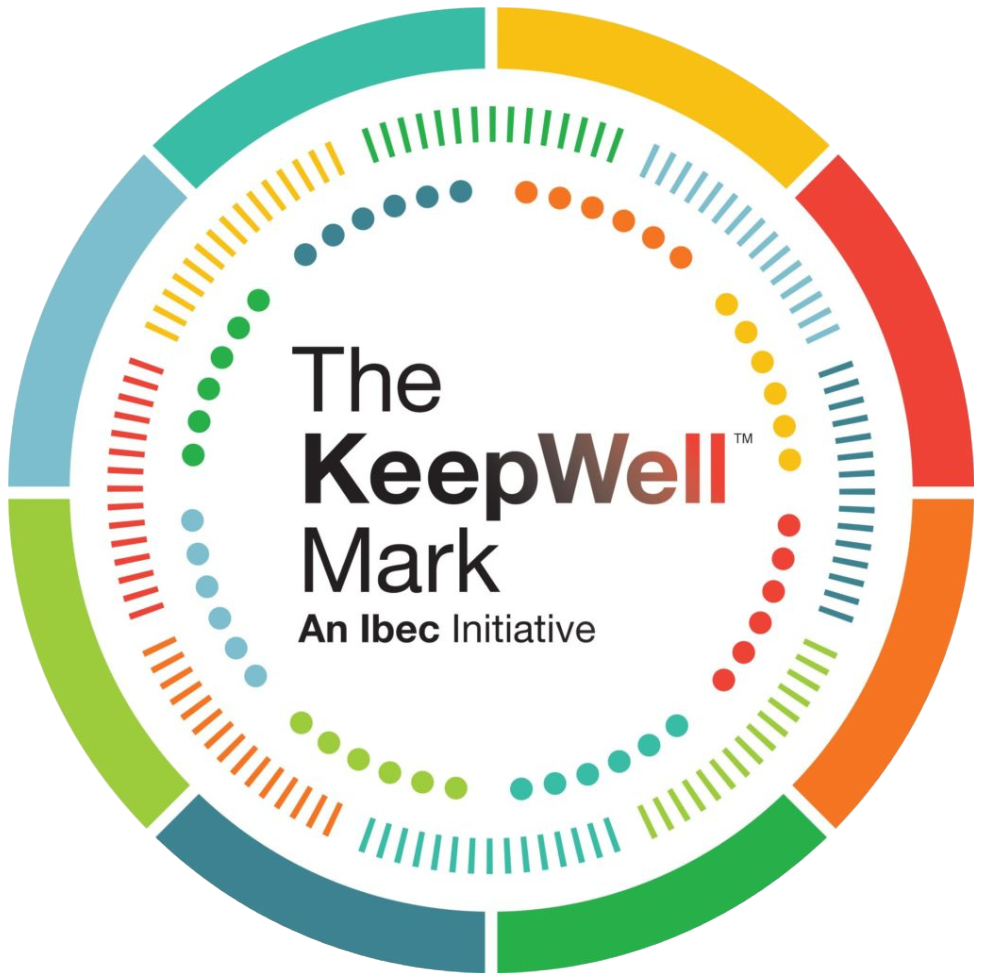Protected disclosures
The Protected Disclosures Act 2014, as amended by the Protected Disclosures (Amendment) Act 2022 (“the Act”) enables workers to disclose information in relation to significant wrongdoing in the workplace, also referred to as “whistleblowing”, by ensuring that safeguards are put in place to protect such workers against possible reprisal. The significance of a ‘protected disclosure’ is that a worker who makes a report of a protected disclosure in the manner set out in the Act is legally protected, including against retaliations and discrimination by their employer, if they make a report of wrongdoing that qualifies as a protected disclosure under the Act.
The Act provides that protected disclosures can be made internally to a worker’s employer or externally, such as to a prescribed person, Minister or Commissioner for Protected Disclosures. The CEO of QQI is a prescribed person(Statutory Instrument 339 of 2014).
The CEO of QQI is prescribed to receive protected disclosures in respect of:
All matters relating to quality assurance, validation of programmes of education and training, the making of awards, the delegation of authority to make awards, the establishment of the Code of Practice for the provision of programmes of education and training to international learners and the authorisation to use the international education mark, as provided for by the Qualifications and Quality Assurance (Education and Training) Act 2012 (No. 28 of 2012).
QQI has internal procedures in place to support QQI workers, as defined in the 2014 Act, who wish to report a protected disclosure. QQI has external procedures in place to support workers wish to make a report to the CEO of QQI as a prescribed person. These are set out below.
Policy and External Procedures for making a Protected Disclosure to the Chief Executive Officer of QQI
Introduction
QQI’s policy and procedures to support workers who wish to make a protected disclosure to the Prescribed Person sets out protections available to workers, guidance on the channels that may be used to make disclosures (including other Prescribed Persons) and the thresholds or conditions that must be met in order to quality for protection under the Act. The procedures set out how reports should be made, how they will be handled and what will be communicated to the worker.
The policy and procedures were prepared in line with the provisions of the Act. They also have regard to the interim guidance issued by the Minister for Public Expenditure and Reform on the implementation of the Act by public bodies. The Act and the related guidance are available at: gov.ie - Protected Disclosures Act: Information for Citizens and Public Bodies (www.gov.ie)
QQI Policy and Procedures
QQI has in place policy and procedures to support workers who wish to make a protected disclosure to the Prescribed Person. The policy sets out protections available to workers, guidance on the channels that may be used to make disclosures (including other Prescribed Persons) and the thresholds or conditions that must be met in order to quality for protection under the Act. The procedures set out how reports should be made, how they will be handled and what will be communicated to the worker.
The policy and procedures were prepared in line with the provisions of the Act. They also have regard to the interim guidance issued by the Minister for Public Expenditure and Reform on the implementation of the Act by public bodies. The Act and the related guidance are available at: gov.ie - Protected Disclosures Act: Information for Citizens and Public Bodies (www.gov.ie)
What is a protected disclosure?
A protected disclosure is a disclosure of information which, in the reasonable belief of a worker, tends to show one or more relevant wrongdoings; came to the attention of the worker in a work-related context; and is disclosed in the manner prescribed in the Act.
Please refer to QQI’s Policy and Procedures for further explanation of the terms wrongdoing, worker and work-related context. Note that there is a distinction between a protected disclosure as defined by the Act and an interpersonal grievance or a complaint which affects the worker exclusively. Other routes are available for such grievances or complaints.
The following conditions must be met for information to qualify as a protected disclosure under the Act:
(a) The information came to the worker’s attention in a work-related context
(b) The worker has a reasonable belief that the information tends to show a relevant wrongdoing
(c) The worker has a reasonable belief that the information disclosed, and any allegation contained in it, are substantially true
(d) The worker has a reasonable belief that the information disclosed falls within the scope of matters for which the Prescribed Person has responsibility (as outlined above).
Contact details for the QQI Prescribed Person
Postal address:
Chief Executive Officer
Quality and Qualifications Ireland
26/27 Denzille Lane
Dublin 2
D02 P266
QQI also has a secure, dedicated email address and secure dedicated phone number to receive protected disclosures:
Email: disclosures@qqi.ie
Tel: +353 1 566 7615
Note that voicemails are recorded. Telephone conversations are not recorded.
What to include in a report
Please state that the report is a protected disclosure and include the following:
- Your name, position in the organisation, place of work and confidential contact details (email address/phone number). Anonymous reports will be acted upon to the extent that is possible
- the date of the alleged wrongdoing (if known) or the date the alleged wrongdoing commenced or was identified
- whether or not the alleged wrongdoing is still ongoing
- information in respect of the alleged wrongdoing (what is occurring/has occurred and how) and any supporting information
- whether the alleged wrongdoing has already been disclosed and if so, to whom, when, and what action was taken
- the name of any person(s) allegedly involved in the alleged wrongdoing (if any name is known and the worker considers that naming an individual is necessary to report the wrongdoing disclosed)
- any other relevant information
- date of the report.
Following up Reports
When a disclosure of alleged wrongdoing is made, the Chief Executive Officer of QQI shall assign the matter to the Designated Person.
QQI will acknowledge, in writing, to the reporting person, receipt of the report within 7 calendar days of its receipt and will provide further information on the next steps.
The report will be assessed having regard to the Act and QQI’s policy and procedures. The reporting person will be informed as soon as practicable of the outcomes. QQI will provide feedback to the reporting person on the progress of their disclosure within 3 months of the date of acknowledgement of disclosure.
Protection of Confidentiality
QQI will protect the identities of both the reporting person and any person concerned who is referred to in the disclosure, in accordance with the provisions of the Act.
QQI will prevent access by unauthorised persons to personal data processed for the purposes of the Act and ensure it is only disclosed to authorised persons.
Certain data subject access rights under data protection law can be restricted to ensure complete protection of the identity of reporting persons and persons concerned and to prevent any efforts to impede, frustrate or slow down follow-up on reports received.
Protection of Disclosers against Penalisation
Reporting persons should not be penalised for making a protected disclosure and the Act provides remedies for those workers who are penalised for making a protected disclosure. These are:
- a complaint to your employer. This should normally be to the HR function, unless this is inappropriate in the circumstances.
- a claim before the Workplace Relations Commission within 6 months of the penalisation and
- a claim for injunctive relief in the Circuit Court within 21 days of last instance of penalisation.


